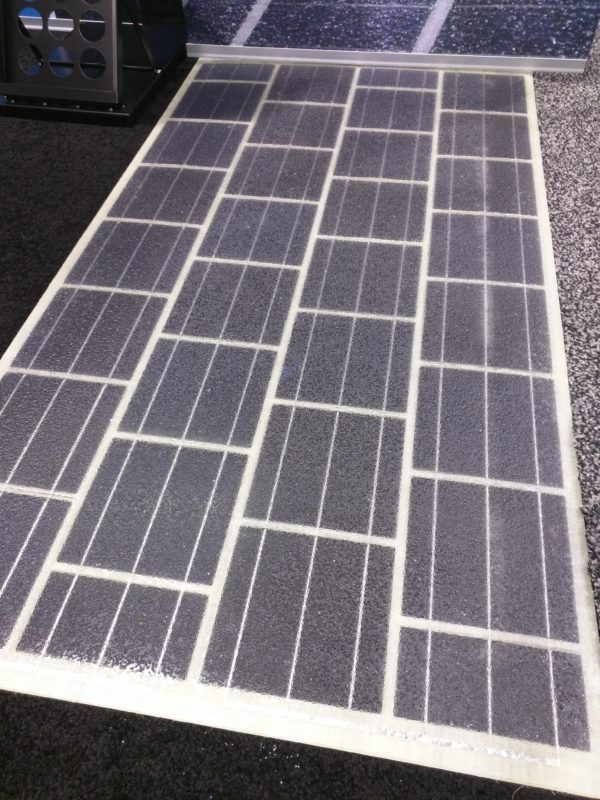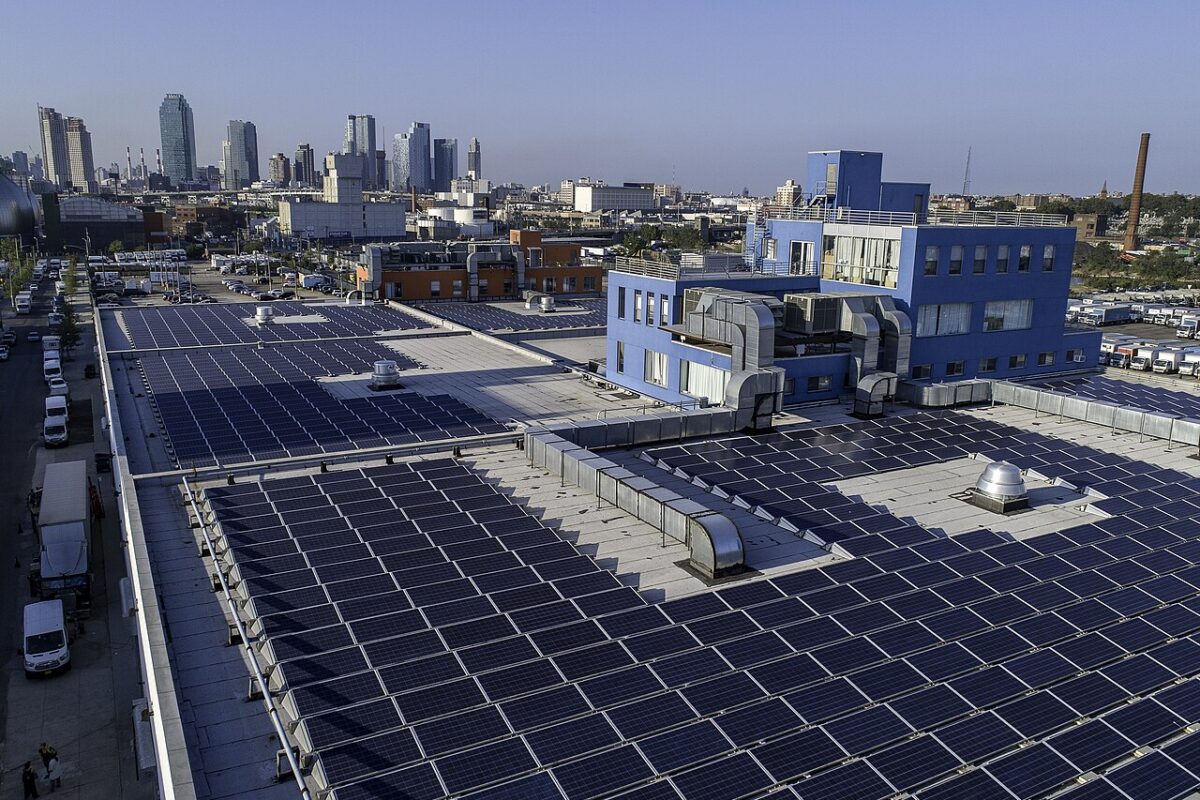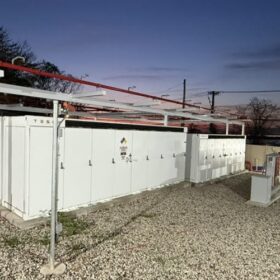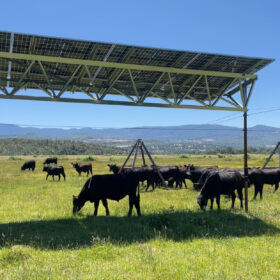So many products, so many solar module manufacturing lines around the world showing off their wares at Solar Power International 2018.
The two trends we observed were that efficiencies are creeping up – five watts here, five more there – Canadian Solar with a 72-cell 410W (it was hidden behind a curtain) was exciting to see. And second is that that everyone has a bifacial solar panel. If it turns out glass on glass costs same as backsheet, doesn’t weigh too much more, and has better lifetime – then why not glass everywhere?
The LG booth was cool. First off we had the NeON R – whose cells were absolutely black, with no front side anything. It actually looked strange, but 370 watts in a 60-cell format is tough to argue with.
LG also had a pair of car windshields – one with front side Cello technology, and a second getting an extra 10 watts and backside contacts. If the average commuter travels 40 miles a day, and I strategically place my car and get an extra 10 miles a day out of the electricity from my roof, I’m happy.
We also saw a 500 watt solar module from TopSun – they added an extra row of cells to make the product wider. Their pitch includes noting that you use extra racking, more modules, more clips, more conduit, etc. with a standard 72 cell module. Anyone have a feel on the trade offs of using a larger product?
There were half a dozen or more non-standard solar panel manufacturers. Certainteed, a long time manufacturer of roofing materials, had its Apollo II roof tile out. Per the representative at the booth, Tesla’s roof tile has everyone asking about these types of roof tiles.
The CNBM booth also had building integrated photovoltaic (BIPV) modules. Most of the product was tough to photograph, and I think that is part of the sales pitch as the aesthetics don’t suit everyone. The backside of its Avancis panel was pretty much a mirror with limited transparency. It seems like you could build a facade of this material.
We also saw the Panasonic HIT solar module – 340 watts in a 60-cell format – with the SolarEdge optimizer integrated via an attachment to the solar panel frame, versus the Enphase that attaches to the backsheet. As evidenced by their strong warranty, Panasonic modules don’t fail often, and if an optimizer goes, you need not replace the whole module. Smart module indeed.
What’s also happening are experiments with where we put junction boxes, and this is happening a lot with bifacial panels because suddenly the backside of the panel has a significant impact on electricity generation. The first image is of CSUN and their boxes across the top, followed by LONGi with theirs in the middle of the module. There were other variations as well; expect the positioning to finalize once we get a lot more hard data on bifacial production.
Shingling (and I apologize, but not sure if that is a module model name or a manufacturer at this point) was showing off a 400 W shingled cell module. Notice in the image on the right it looks like a single solar cell, but really the cells lay over the top of each other and instead of using busbars to make a connection between the solar cells, they connect directly with a physical attachment. Because of the shingling of the solar cells, you can get up to 80 cells in a standard 72-cell format.
Of course, there was a solar walkway that we all love to hate on. I do think this product will become viable in time: as we learn, efficiencies increase, and pricing continues to fall.

And last, but not least, just something neat to see: solar wafers before they’re processed into solar cells. Found them at the GCL Poly booth. They’re light, shiny and seemed quite fragile.
There was so much on the floor, so many products and nuances to learn to about. If you have any great pictures of modules you want to show off and chat about, leave us a message. We could all use to learn a bit more.
This content is protected by copyright and may not be reused. If you want to cooperate with us and would like to reuse some of our content, please contact: editors@pv-magazine.com.
































Looking for advice concerning solar putting up a business and interested in using solar in northern Nevada contact would be helpful
We’ve got a lot of contractors that read this website. Since I can see your email address Albert, any of them that contact me here – I’ll make sure to get your address to them. Thanks for asking!
Please proof read your article. If this was high school, you would have received a grade of C-.